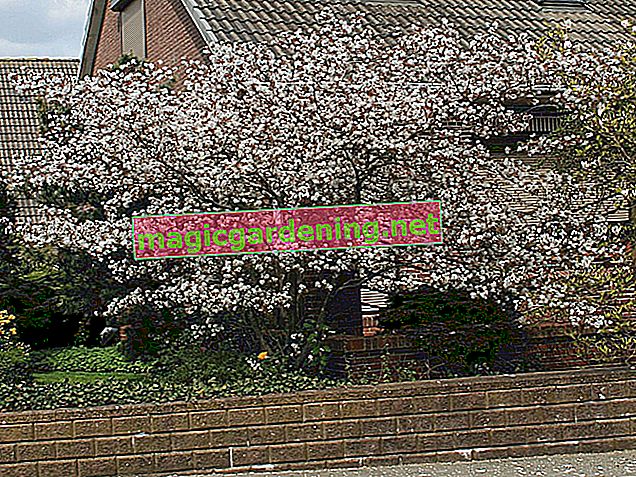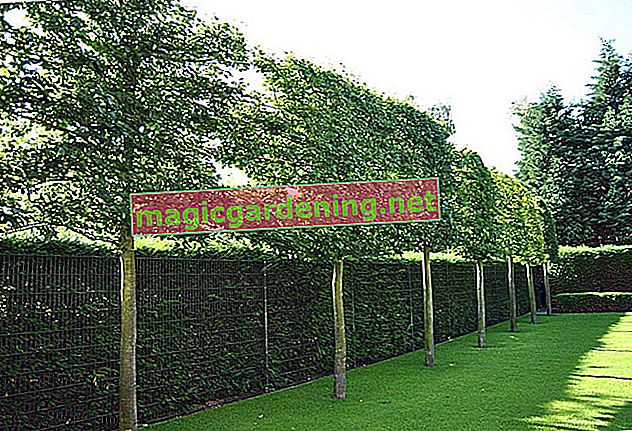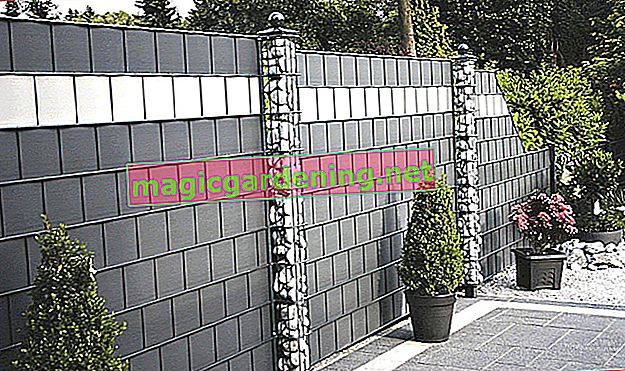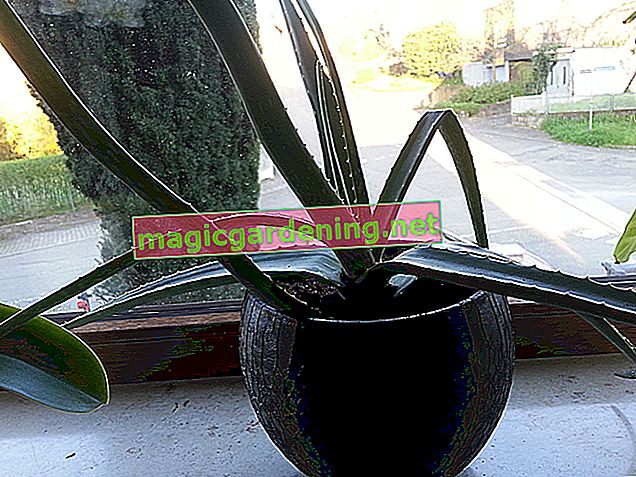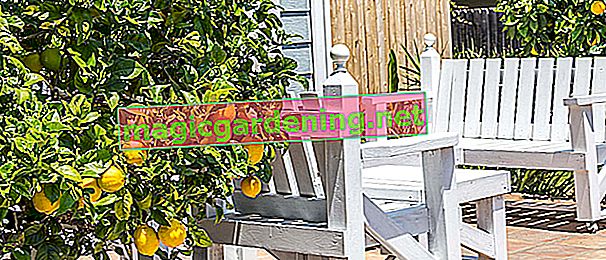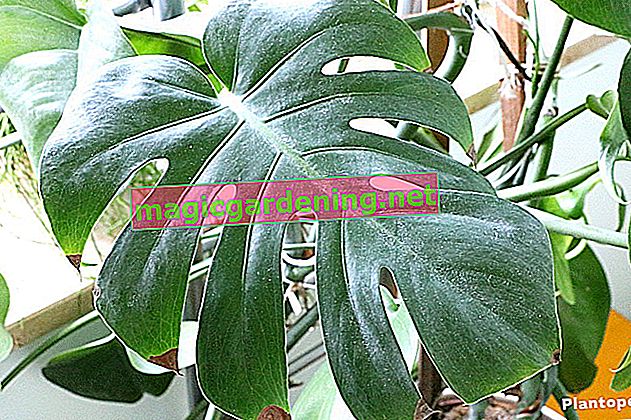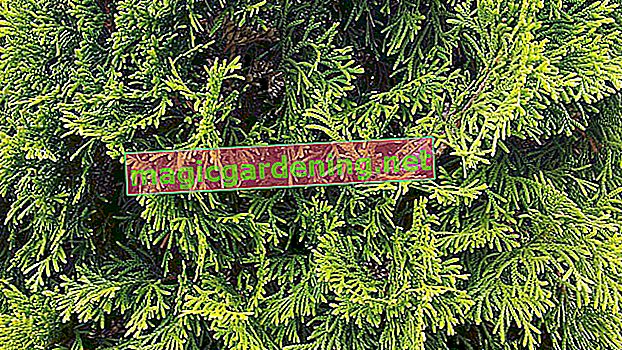
Thuja - shallow root or deep root?
Thuja is a shallow root. This means that the rhizome does not dig too deep into the ground. Instead, it spreads out sideways and forms many small root shoots. In the hedge, the roots grow into each other, so that the individual trees are difficult to remove.
also read
- Let thuja roots rot or dig up?
- Remove the roots of the thuja hedge - that's how it's done!
- Thuja Brabant root depth: how deep do the roots reach?
As a shallow root you can plant the tree of life without having to worry that the roots will destroy supply lines in the earth. However, over time, the side roots can lift up patio slabs and sidewalks.
Detect and treat root rot
Thuja is a robust plant for the hedge, but the roots are quite delicate. They do not tolerate drought or too much moisture.
If there is waterlogging, there is a risk that root rot will spread. It is triggered by fungal spores and favored by moisture. The fungal disease manifests itself in that the trunk gets whitish spots and the shoots of the thuja dry up.
Root rot can hardly be treated. Usually the thuja dies completely. You should then get the roots out of the ground as much as possible and replace the soil.
Dig up the roots of the thuja
Digging up the roots of an older thuja takes some effort and time. If that is too much effort for you, you should hire a specialist company to clear the land.
- Cut back the tree of life to the remains of the trunk
- Excavate earth
- Cut off the soil around the thuja
- cut off lateral roots with scissors or a saw
- Pull the rhizome out of the ground
First you cut the tree of life down to a longer trunk. Then remove the soil down to the roots. Prick the ground all around with the spade and cut or saw off the roots that protrude beyond it.
Insert a digging fork under the rhizome as far as possible, lifting it up as you go. With an old thuja you can use a winch that you attach to the remaining trunk.
Let the roots rot in the ground
If you find it too laborious to get the roots of the arborvitae hedge out of the ground, just let them rot in the ground.
Cut the tree of life down as far as possible. Drill holes in the roots in the ground. Fill in compost or compost starter. Then the roots will rot faster.
The site cannot be replanted if you leave the roots in the ground. But you can fill a thick layer of soil over it and at least sow the lawn.
Tips
The roots of the thuja are very delicate. A tree of life can therefore not be transplanted so easily - at least if it is older.

